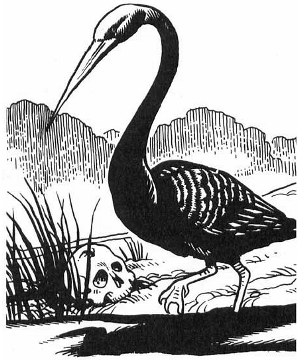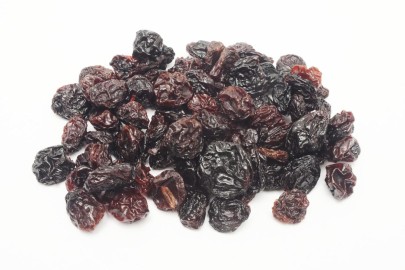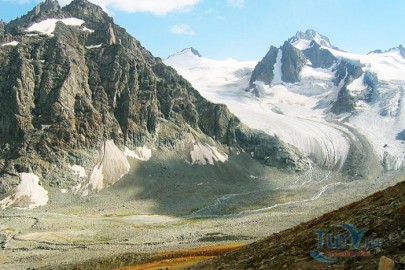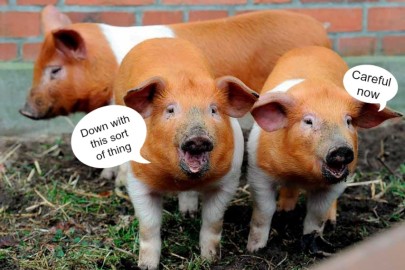
Is it a giant cormorant? A particularly vicious mosquito? Or something else? The Wikiworm consults this weird Wikipedia article to get to the truth behind the fantastical boobrie…
The boobrie is a mythological shapeshifting entity inhabiting the lochs of the west coast of Scotland. It commonly adopts the appearance of a gigantic water bird resembling a cormorant or great northern diver, but it can also materialise in the form of various other mythological creatures such as a water bull.
A generally malevolent entity, the boobrie typically preys on livestock being transported on ships, but it is also fond of otters, of which it consumes a considerable number. In its manifestation as a water horse the creature is able to gallop across the top of lochs as if on solid ground. During the summer months it is seen infrequently as a large insect, sucking the blood of horses.
Folklorist Campbell of Islay has speculated that descriptions of the boobrie may be based on sightings of the great auk. The bellowing sound made by the boobrie, more like a bull than a bird, may have its origin in the strange call of the common bittern, which was a rare visitor to Scotland.
In its favoured bird manifestation the boobrie resembles a gigantic cormorant, but with white markings. According to Campbell of Islay, a detailed account of its dimensions provided by an authoritative source claims that it is “larger than seventeen of the biggest eagles put together”. Its evil powers when in the form of a bird were said by Campbell of Islay to have “terrified a minister out of his propriety”.
The boobrie can also manifest itself in the form of a large insect that sucks the blood of horses. Henderson refers to it as a “big striped brown gobhlachan or ear-wig” with “lots of tentacles or feelers”. It was infrequently seen in this form and usually only at the height of the summer, during August and September.
In a story transcribed by John Campbell of Kilberry, a hunter attempted to shoot a boobrie after he spotted it in its bird-like manifestation on a sea loch one chilly February day. The man paddled into the loch until the water was up to his shoulders, but when he was about 85 yards (78 m) from the creature it dived under the water. The hunter maintained his position for forty-five minutes before returning to the shore, where he remained for a further six hours waiting unsuccessfully for the boobrie to resurface. No clear indication is given of the loch’s whereabouts.
Campbell of Islay speculates that the boobrie may have originated from sightings of the great auk. He noted he had been told stories of the creature by various people, and regarded it as having “a real existence in the popular mind”. He considered the tale of the boobrie in its water horse manifestation resembled the Norse myth of “the ploughing of the Asa”. Referring to Forbes’ 1905 dictionary of “Gaelic names of beasts” in which bubaire is defined as a common bittern, and a detailed description given by scholar James Logie Robertson of the bull o’ the bog (an alternative name for a bittern) in The Scotsman in 1908, Henderson hypothesises that the boobrie may stem from the bittern. Referring to the bittern’s “strangely weird sound” and highlighting its “weird hollow cry” during the night and throughout the evening, he describes it as resembling quietly bellowing cattle, particularly during the bird’s breeding season. Records indicate that the bird was rare in Scotland but had been sighted in the first decade of the 20th century, although catching sight of a bittern was believed to be a harbinger of death or disaster.











Perfect, that’s what we—[we, the Humanity]—need, another perhaps-mythical creature in the lochs of Scotland… and one particularly disturbing in that it can shape-shift to appear as a bird, a horse, and/or horse-vampirish insect (Oxford comma by intent). I grew up hearing of dangers of resting under Australian gumtrees potentially infrasted with drop bears, but NOBODY EVER WARNED ME of the risks posed by interacting with boobries. Yet, as we know, even benevolent IRL-contact with real, not imaginary fauna, can be stress-inducing to say the least!